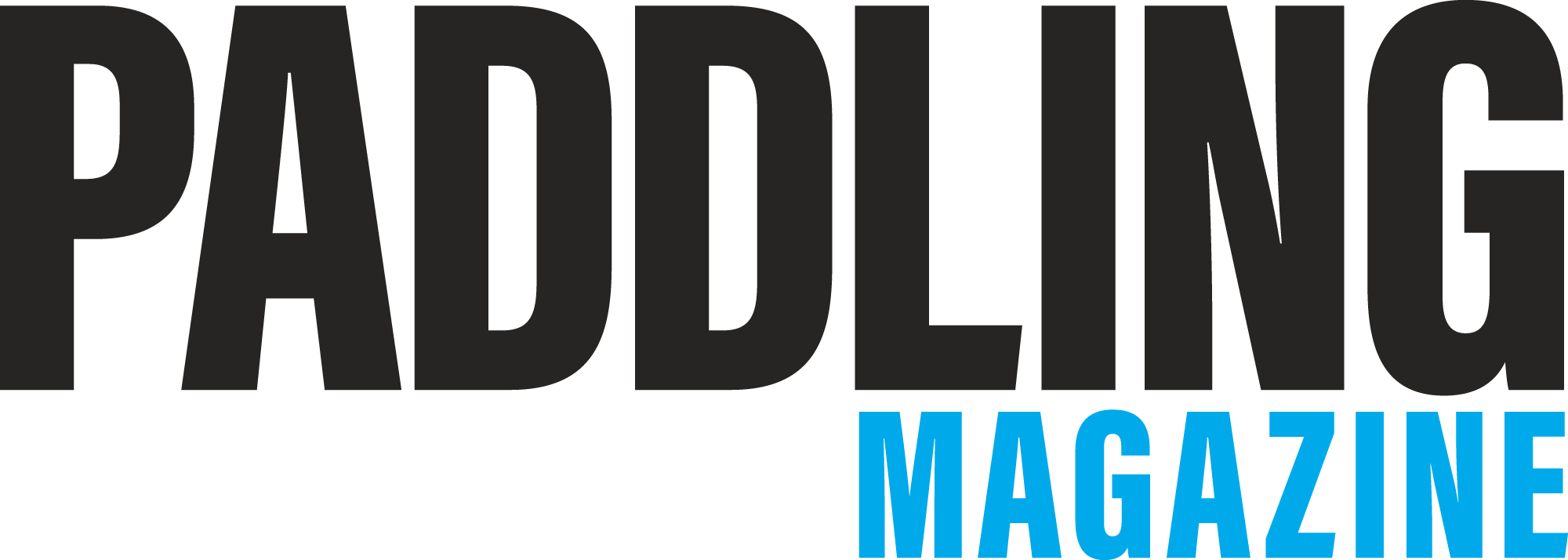Sometimes the best way to assist another paddler is to give them a helping hand in the form of a tow. Towing a weaker boat isn’t always part of a rescue scenario. You may decide to put a kayak under tow to help a tired paddler make headway against strong currents or high winds.
Towing is also a great way to deal with an injured or seasick paddler. Other times, a tow can be just the ticket for quickly extracting another kayaker from a dangerous situation.
How to kayak tow your friends out of trouble
The most basic towing formation is the inline tow. In this system, the towing paddler simply clips a line to the bow of the boat to be towed and then pulls it along behind their kayak.

To effectively tow another kayak using an inline tow, you’ll need some dedicated gear in the form of a towline. Towlines consist of a length of webbing or line with an attachment system at each end. Most have a carabiner for clipping onto a kayak’s grab loop and a quick-release belt that lets the rescuer ditch the system with a flick of the wrist.
My favorite tow setup tucks the integrated line into a PFD. That way the system is always on your body, not an extra bit of gear to forget or decide not to don. A PFD-mounted tow also keeps the quick-release buckle fixed in place and easy to reach. Waist-worn tow belts can rotate and be tricky to manage in an emergency. Boat-mounted systems are great for long-distance tows—they’re easier on the towing paddler’s body, since the kayak takes the strain.
The basic portion of the tow system can be short or long. Short towlines or “cow tails,” around one to three meters long (three to 10 feet), are quick to deploy but only suited for very short-distance tows and can cause frequent, sometimes violent collisions between boats.
Long leashes, around 10 to 15 meters (30 to 45 feet), are better for longer distances. They provide enough space to reduce the risk of collision—especially in following seas where the towed boat can surf down a wave and ram the lead kayak. Many systems integrate some shock absorption—usually shock cord—to soften the load and reduce jarring.
Towing is physically taxing. The decision to tow another kayak over a long distance shouldn’t be taken lightly. In rough conditions or when fighting current or wind, it’s truly exhausting. Deploying long towlines in surf or rapids should be strongly discouraged due to the risk of entanglement.
Tow the line. | Feature photo: Alex Matthews



 This article was first published in Issue 73 of Paddling Magazine.
This article was first published in Issue 73 of Paddling Magazine. 





What a wondeful human being rescuing this happles dog. God bless him and guide hime safely on his paddling adventure accross this great country. I wish there where more people like this in this world who are this considerate and not only thing of themselfs!! Safe Travels my fellow paddler!!